- Home
- Domestic Heat Exchangers Intro
What is a Heat Recovery Unit?
Inclusion of a mechanical ventilation and heat recovery unit (MVHR), often referred to as a domestic heat exchanger, in your home can be a great way of reducing your heating costs.
This will however only work if your home is suitable, and by suitable I mean your home needs to be as airtight and well insulated as possible. The less air leaks in the fabric of your home the better the heat recovery unit will work.
For the same reason if your house is really air tight with no trickle vents and no open chimneys etc. you could potentially do away with the need for central heating altogether (but only if your house design is extremely well thought out), think passive standards.
What is a heat recovery unit?
A heat recovery unit or mechanical ventilation and heat recovery (MVHR) unit comprises of a control unit which houses the fans and the heat recovery system (the black bit in the image above).
This control unit is often located in the loft , but more and more they are being located within the insulated fabric of the home, often in a kitchen or utility room high level cupboard.
Internally the system is split into two, with one side of your domestic heat exchanger sending warm fresh air to your 'dry' rooms (living room, bedrooms etc.) via ductwork and the other side extracting the stale warm moist air from 'wet' rooms (bathrooms, kitchen, en-suites etc.) through a second set of ductwork.
As the warm stale air is sucked out of your 'wet' rooms it goes up through the ductwork to the heat exchanger. At this point the heat is removed from the warm stale air and passed, via the heat exchanger, to the cool fresh air on the other side of the heat exchanger (coming in from outside your property).
Meaning you now have cold stale air being expelled to the outside and warm fresh air being pumped back into your 'dry' rooms.
By removing the stale air from 'wet' areas and pumping warm fresh air into 'dry' areas the system creates cycle of air movement (cross ventilation) around your entire house.
Why would you want one?
If you're simply retro-fitting your existing home without draught proofing you'd probably be wasting your time. Unless of course you can get your air leakage down to a low level (below 3 air changes per hour @ 50 pascals) by draught proofing your home and insulating it to a high standard.
If however you're building or renovating and can achieve low air change rates and high thermal insulation levels you'll probably have to install one, if only for the ventilation requirements from building control.
A well designed and fitted MVHR system, in addition to providing adequate ventilation, will also improve the air quality in your home, stop condensation and black mould forming and reduce your heating bills.
Why Aren't They Suitable for all Properties?
Older houses tend to have a lot of uncontrolled ventilation (draughts) which allow cold fresh air into your home. If you were to fit a heat exchange system into a leaky home (with an air permeability score of over 3 m³/h/m² (metres cubed, per hour, per metre squared of external building envelope area) @ 50 pascals) the draughts would cool the internal air too much and it wouldn't be worth the expense.
One of the biggest contributors to global warming and your increasing heating bills are draughts.
You spend a lot of money on gas, heating oil, wood pellets etc. in order to try to keep your home warm. But as soon as you turn your heating off the draughts start to cool your house down again. Then once all the heat has escaped and you have to switch your heating back on again.
In a perfect world you'd be able to heat your home once and then never let that heat escape. In that scenario you wouldn't need any central heating!
The logical solution therefore is to super insulate your home and make it as draught proof as possible.
But that creates other problems.
A draught proof house can't breathe and would end up suffering from condensation and black mould very quickly. The air would also quickly become stale and unpleasant from cooking smells and general stale odours etc.
So What's the Solution?
Once you've created your air tight, super insulated house, in order to avoid the above problems such as condensation and stale air etc. you can install a mechanical ventilation and heat recovery unit.
Although they're not 100% efficient they can be around 90-95% (if well designed and installed), so they can be pretty close.
MVHR units are also a great way of getting rid of condensation and household smells as they're constantly changing the air in your home while retaining the heat.
Heat Recovery Unit Advantages:
- Reduced fuel bills - if you have a suitable home (well draught
proofed and well insulated) your home will retain its heat meaning you
can use your heating system less and therefore use less fuel.
- Simple to fit - if you're building from scratch these systems are relatively easy to incorporate. Retrofitting to bungalows should also be fairly straightforward, but as already mentioned it will need to be well draught proofed and insulated to get the most from the system.
- Building control - Building Control loves heat
recovery units! Anything that reduces greenhouse gases tends to get the
thumbs up from Building Control. You must also inform Building Control when your system is installed as it is a notifiable item and they will do a site visit to check the installation.
That way they can ensure the system can provide adequate air changes per hour.
Heat Recovery System Disadvantages:
- Cost - the price of these heat recovery systems will vary from
supplier to supplier and depending on your house size and ease of
installation etc. Typically prices range from around £2,000 to £4,000 plus.
- Electricity- they run on electric, so while you'll save on oil or gas, your electricity bill will be a bit higher. This is
also a good reason to try to reduce your power consumption to a minimum
by buying energy efficient appliances, fitting low energy light bulbs, turning off lights etc. to off-set the cost of running your MVHR unit.
If you can afford it you may want to look at some of the green technologies that produce electricity such as photovoltaic panels or wind turbines.
- Installation - these systems are better suited to new
build properties due to the necessity of getting duct work to all the
rooms. It's not impossible to retro fit in older two storey homes but it will be
more difficult and therefore more expensive.
Retrofitting to bungalows is much easier as the duct work can all stay in the roof space where it's easy to install and access.
- Draught proofing - as explained earlier, your home does need to be as well draught proofed as you can get it, in order for the system to be as efficient as possible. If your home has lots of draughts the heat exchanger will have less warm air to remove the heat from, thus reducing its efficiency dramatically.
Related Articles:
Still with me?
Good...
...Below are some links to other more in-depth articles I've written on different aspects heat recovery units, so keep reading.
- Are all heat recovery units equal? - all the suppliers have told you that their system is the best for this reason and that reason. But are they really? This article looks at the main features and will allow you to make an informed decision on which system is best for you.
- What do all the different MVHR features mean? - if you've spoken to a few suppliers you're head is probably spinning trying to decipher all the different features. In this section I'll try to steer you through the confusion and tell you what they all do.
- Heat Recovery Unit Maintenance - once you buy a system and have it installed what sort of maintenance issues are you likely to come across?
- What could go wrong when your system is being installed? - there are some rules that need to be adhered to when your heat recovery unit is being installed and unless you know what these are how will you be able to check it's going in correctly? This section tells you what you need to look out for during install.
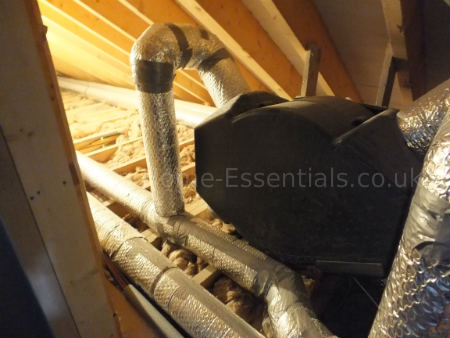
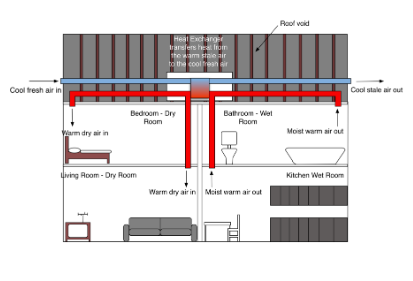
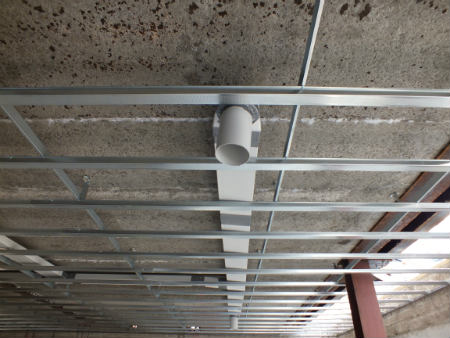




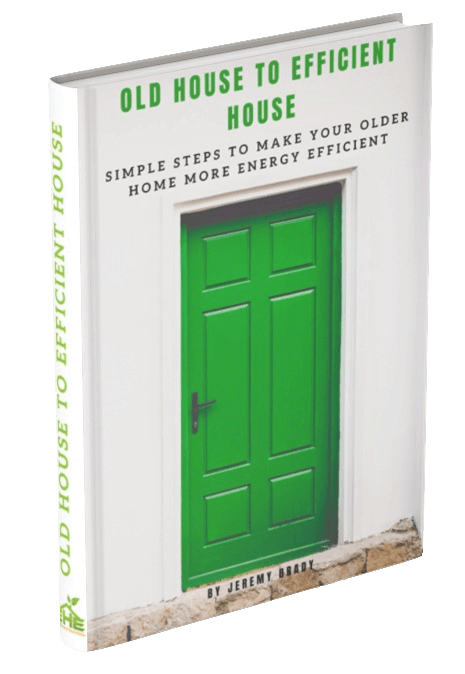




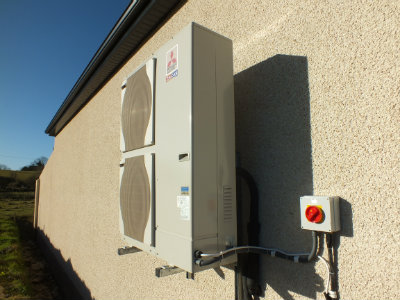
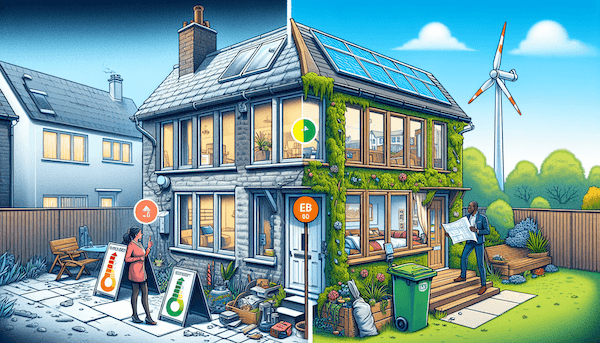
New! Comments
Have your say about what you just read! Leave me a comment in the box below.